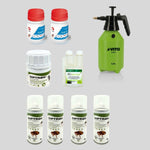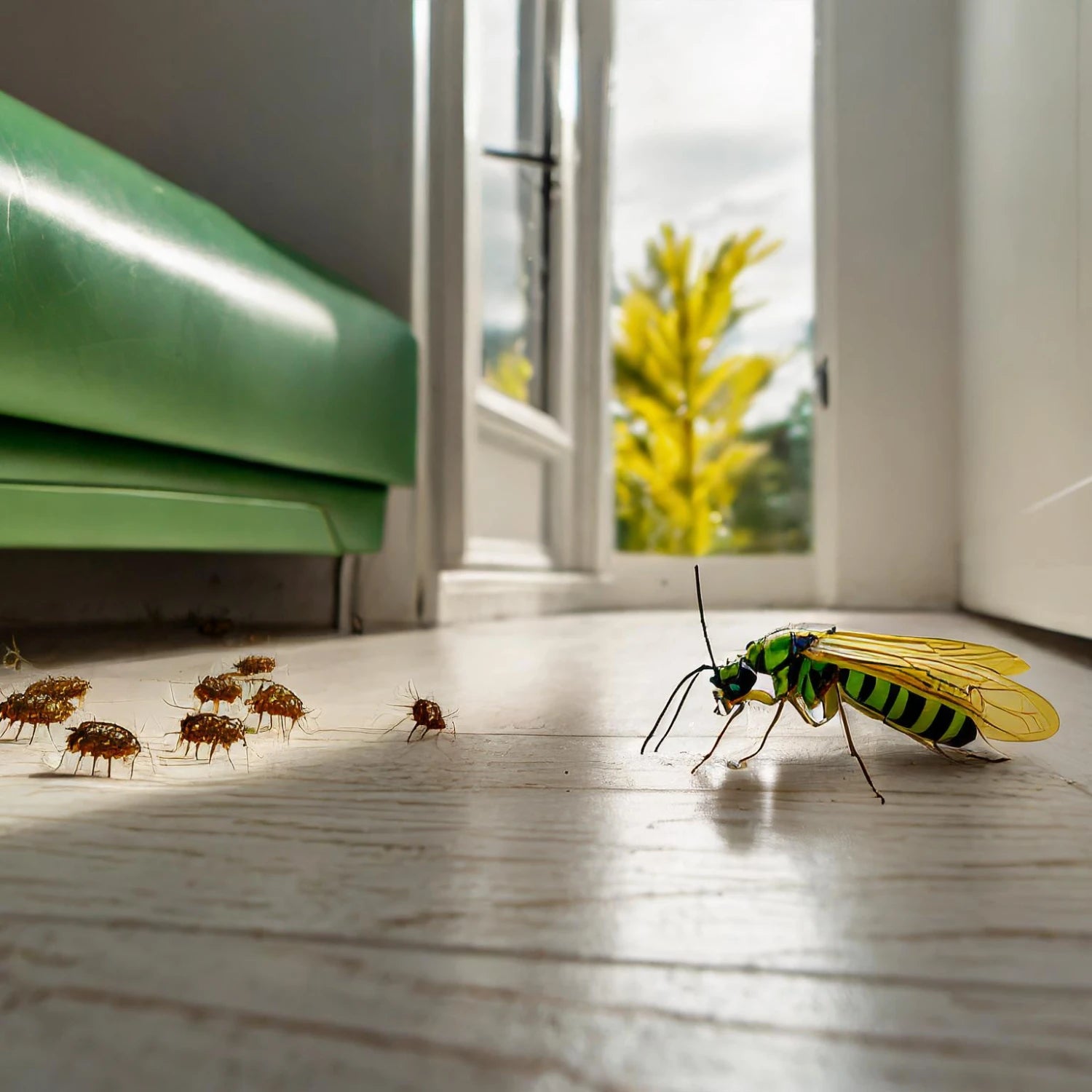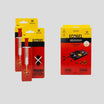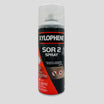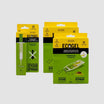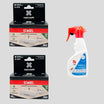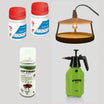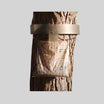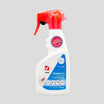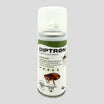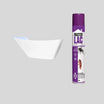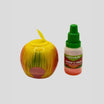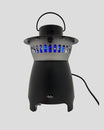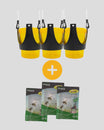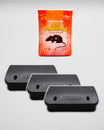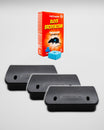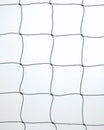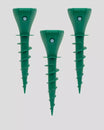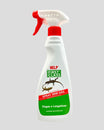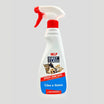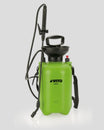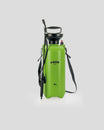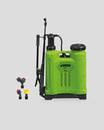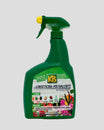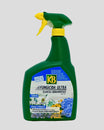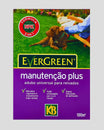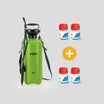What is a bed bug?
Bed bugs are small parasitic insects of the species Cimex lectularius , known for feeding on human and animal blood. These insects are nocturnal, meaning they come out at night to bite their hosts, usually while they are sleeping. They have a flat, oval body, which allows them to easily hide in cracks, mattresses and bed frames. Although they do not transmit serious diseases, their bites can cause irritation and discomfort, and are difficult to eradicate without the right measures.
What attracts bed bugs?
Bed bugs are primarily attracted to body heat and carbon dioxide released through breathing. Dark, stuffy environments, such as mattresses and beds, are ideal places for them to hide and thrive. While not necessarily a sign of poor hygiene, cluttered areas can provide more hiding places. Another risk factor is exposure in public places, such as hotels and transportation, where bed bugs can be transported home on clothing or luggage.
How to identify bed bugs in a mattress?
Identifying a bed bug infestation involves paying attention to small signs. Dark spots on your sheets or mattress may be bed bug feces, and you may also find tiny exoskeletons that are left behind when they shed their skin. The bites usually appear in lines or clusters, causing intense itching. They often hide in the seams of your mattress, in the crevices of your bed, or even in nearby furniture. Careful inspection is necessary, especially if you experience unexplained skin irritation after a night's sleep.
How to get rid of bed bugs?
Getting rid of bed bugs may require a combination of effective methods. There are several options available, some of which can be found at specialty stores:
- Bed bug-specific insecticides: Products such as Draker and Diptron Insecticide are highly recommended for eliminating more than just adult bed bugs. This insecticide is known for its effectiveness, especially when applied directly to bed bug hiding areas such as mattresses, baseboards and bed frames. The Complete Bed Bug Elimination Kit , for example, offers a solution to treat the infestation effectively and safely.
- Sticky traps: Placing sticky traps around the bed can help capture moving bed bugs, allowing you to monitor the infestation and making it easier to eradicate.
- Steam treatment : Equipment that emits steam at high temperatures is an effective option, as the heat kills bed bugs and their eggs. High-temperature washing : Washing all bedding, curtains and even clothing at close to high temperatures (above 60°C) helps eliminate bed bugs and eggs hidden in fabrics.
- Vacuuming and cleaning frequently : Regularly using a vacuum cleaner to clean mattresses, carpets, and furniture helps remove bugs and potential eggs. It is essential to dispose of the vacuum bag immediately after cleaning to prevent bed bugs from escaping.
What to do in case of a bedbug bite?
Bed bug bites usually result in itchy, irritated skin and, in some cases, redness or swelling. Washing the affected area with soap and water helps prevent infection. Cortisone creams or antihistamines can be used to relieve discomfort and itching. In case of more severe allergic reactions, it is recommended to see a doctor for appropriate treatment.
How to prevent bed bugs?
Bed bug prevention starts with regular hygiene and vigilance. Keeping your bedroom tidy and vacuuming your mattress and surrounding area regularly minimizes the risk of infestation. Anti-bed bug mattress protectors create an effective barrier, making it difficult for bedbugs to enter or take hold. When returning from a trip, it is wise to inspect your luggage and wash your clothes at high temperatures, as bedbugs can be transported from infested areas. If you suspect that bedbugs are present, prompt intervention can prevent the problem from spreading and worsening.
Recomended Products
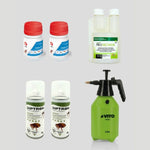
Complete kit to eliminate Bedbugs
